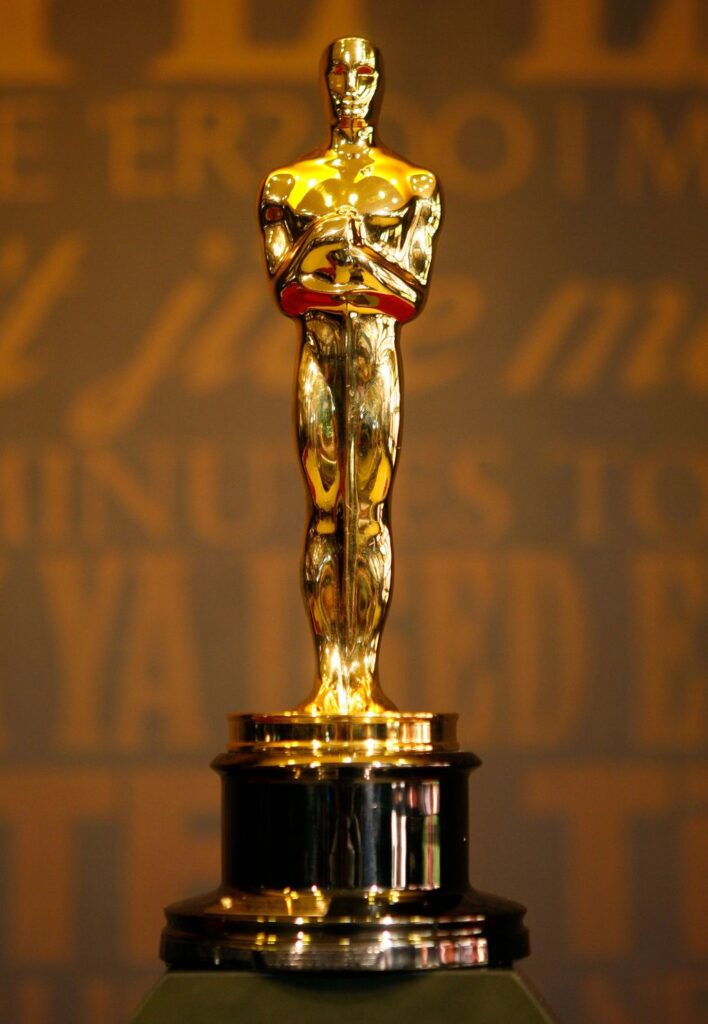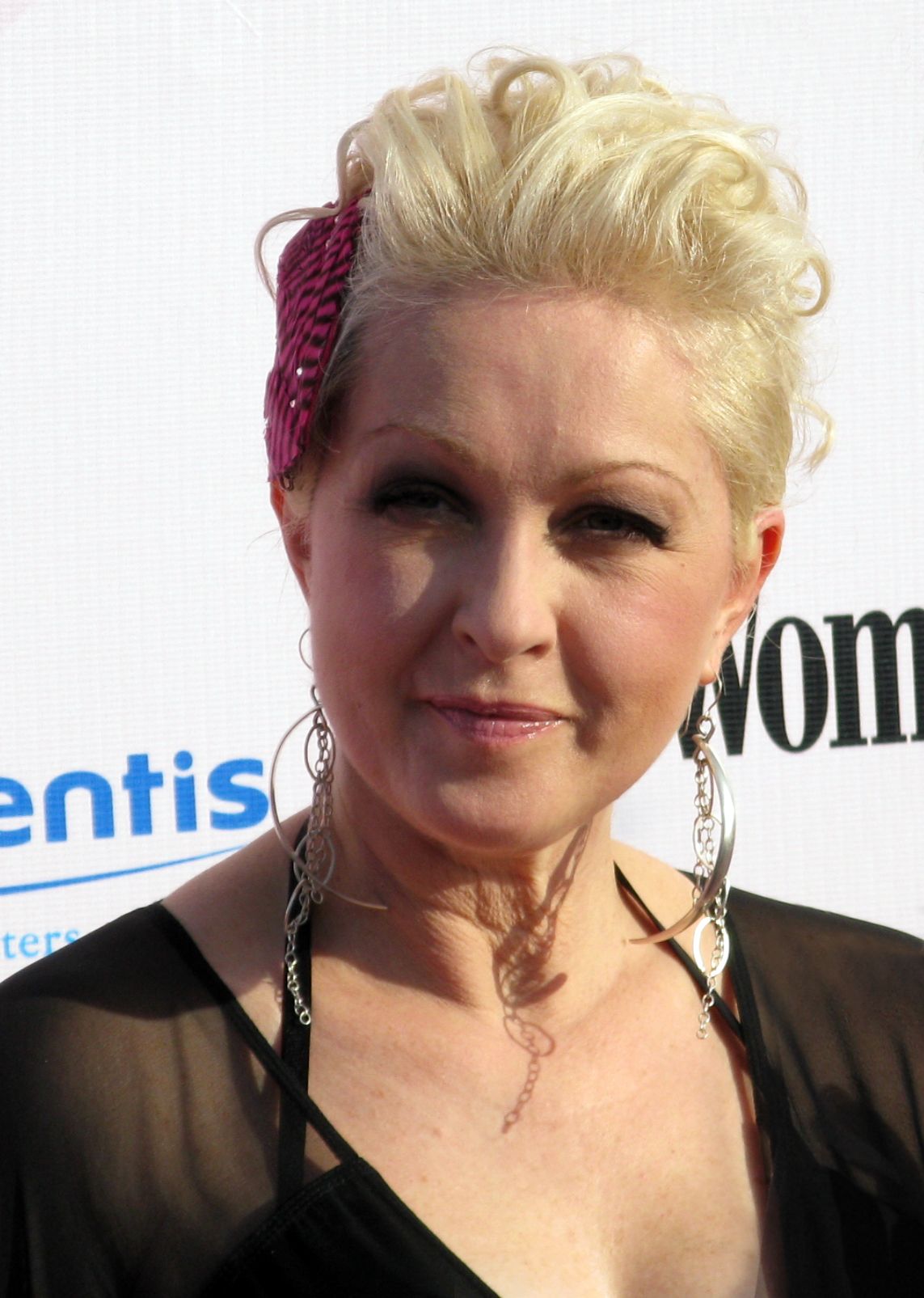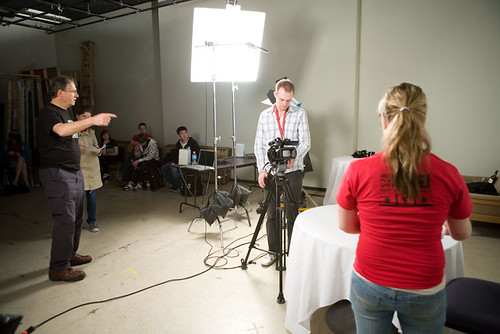
In the sprawling, vibrant tapestry of narrative cinema, every thread contributes to the grand illusion. From the lingering gaze of a camera to the hushed whisper of a character, the world on screen is meticulously crafted to transport us. Yet, few elements are as potent, and as frequently debated, as the clothes our characters wear. Whether we’re talking about the sweeping gowns of a Regency romance or the utilitarian threads of a wartime drama, costume choices do far more than just dress the cast; they actively shape our perception of history itself. The fundamental question isn’t just about what looks good, but what truly tells the story, and what obligations filmmakers have to the past they portray.
It’s a balancing act that often pits artistic vision against the cold, hard facts of history. Take, for instance, the recent fervor around shows like “Bridgerton.” Its undeniable extravagance and visual flair have captured millions, even as eagle-eyed viewers and historians delight in pointing out every lavish, historically dubious detail. Yet, the show’s runaway popularity suggests that for many, the allure of a captivating aesthetic far outweighs the demands of strict authenticity. This dynamic tension, where entertainment often trumps education, is at the very heart of the costume accuracy debate.
So, where do filmmakers draw the line between inspired storytelling and outright historical negligence? Is it merely a matter of taste, or are there deeper implications when period pieces take creative liberties? We’re about to dive deep into the myriad ways costume choices influence a film’s historical accuracy, exploring the triumphs, the pitfalls, and the surprising power of what a character wears, or doesn’t wear, on screen.
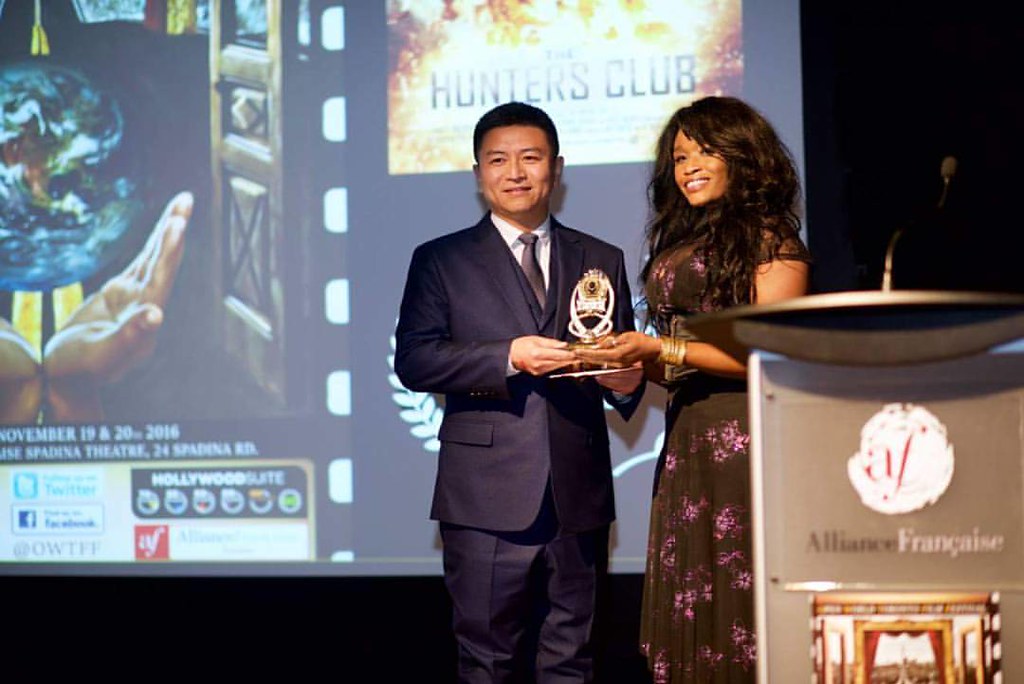
1. **The Fundamental Tension Between Authenticity and Aesthetic Appeal**At the core of the costume accuracy debate lies a perpetual tug-of-war: the desire for visual splendor versus the commitment to historical veracity. For many viewers, and indeed many filmmakers, the primary goal of a period piece is to entertain and enchant, to create a world that captifies. This often means that aesthetic considerations, the sheer beauty and impact of a costume, can take precedence over strict historical adherence.
“Bridgerton” stands as a prime, dazzling example of this phenomenon. Its costumes are opulent, vibrant, and undeniably gorgeous, perfectly fitting the show’s escapist, fantastical tone. However, as the context points out, this extravagance has led people to “pick apart each little false detail.” Despite this scrutiny, the show’s immense popularity “indicates that most viewers appreciate the aesthetic over authenticity,” signaling a clear preference for creative flair.
Ultimately, narrative cinema is typically driven by the creative vision of the director, rather than a rigid adherence to historical facts. While costumes are undeniably a part of the art of moviemaking, this often grants people the liberty to take creative license to convey character traits and overarching themes. It prompts a vital question: where exactly is the line between artistic storytelling and what some might perceive as lazy research, particularly when the visual appeal is so compelling?
Read more about: The Enduring Romance of the Road: Why Classic Cars and Roadside Diners Share an Unbreakable Bond
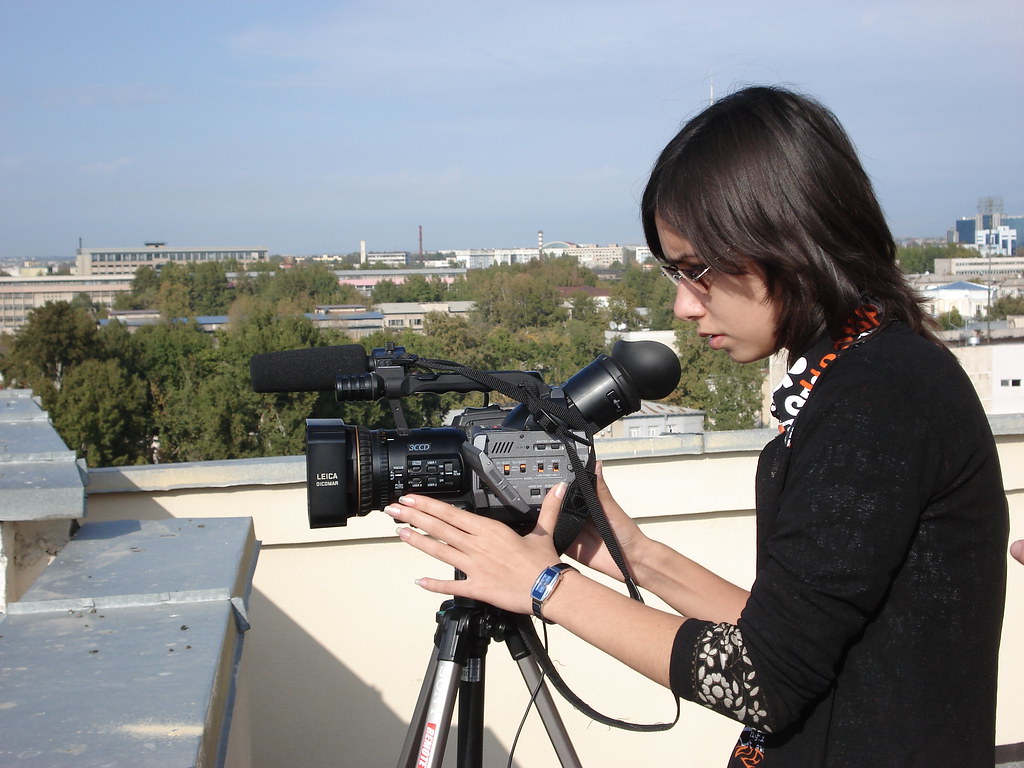
2. **The Economic Imperative: Cost as a Barrier to Accuracy**Beyond artistic choices, the practical realities of film production often collide head-on with the pursuit of historical accuracy. Cost is an undeniable, and often prohibitive, factor in achieving truly authentic period costumes. Replicating historical garments with absolute fidelity, using original materials and techniques, can quickly inflate a production’s budget to unsustainable levels.
Jennifer Mower, a professor of fashion history at Oregon State University, highlights this financial constraint with a compelling anecdote: “I recall the HBO show, ‘The Borgias’ was very accurate for the portrayal of the Italian Renaissance. However, the drive for costume authenticity also cost a lot of money, which was a contributing factor to the end of the show.” This stark example underscores that even with the best intentions, financial realities can derail the most ambitious projects aiming for historical precision.
New York City writer and fashion historian, Sonya Abrego, further explains the complexities of true replication. She notes that if one were to “re-create exact replicas with, for example, the original silk, embroidery, tailoring detail, and embellishments then yes, that’s a challenge.” However, Abrego also offers a pragmatic solution: “There are materials that are comparable and more accessible that can work on camera. Textile technologies can make up for a lot of that.” This suggests that while absolute authenticity can be costly, clever substitutions can achieve a historically believable look without breaking the bank, balancing budget with visual integrity.
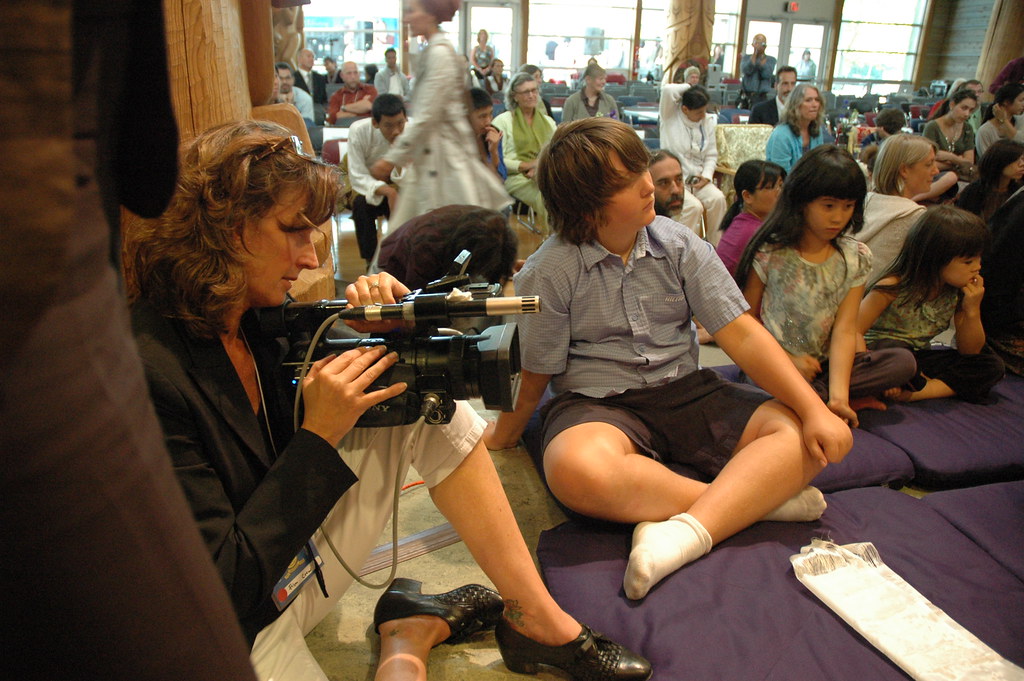
3. **The Peril of Misinformation: Shaping Public Perception through Fiction**While creative liberties can enhance storytelling, a significant and often overlooked consequence of historical inaccuracy in costumes is the pervasive spread of misinformation. When films present a fictitious history, they inadvertently “cause the public to believe in something false,” shaping collective understanding in profoundly misleading ways. This isn’t just about minor anachronisms; it’s about altering fundamental perceptions of past societies.
The most glaring and common example of period films perpetuating false information is the enduring belief that corsets were excruciating torture devices, designed solely to restrict breathing and movement for a desired silhouette. This misconception has been cemented by countless on-screen depictions, with films like “Titanic,” “Enola Holmes,” and “Gone With the Wind” all contributing to this powerful, yet fabricated, narrative of women in pain as their corsets are laced up.
However, as LancasterHistory clearly states, “Women of all classes wore corsets, which meant that this garment needed to function for the daily laborer just as much as it needed to function for the wealthy elite. As a result, women had to be able to move and breathe in them and would lace their corset accordingly.” This widely adopted false belief has become a powerful, albeit fabricated, symbol of women’s oppression. It’s a powerful reminder that a seemingly minor misconception about skirts or undergarments can unfortunately blossom into a profound misconception about an entire society and the struggles women genuinely faced.
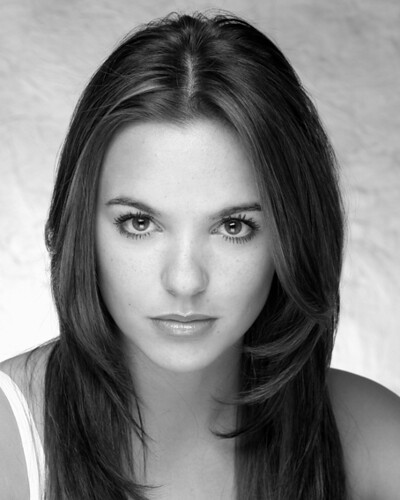
4. **Costumes as Strategic Tools for Character Development and Plot**Sometimes, the deviation from historical accuracy is not an oversight, but a deliberate, strategic artistic choice intended to deepen character understanding or advance the plot. When deployed thoughtfully, these anachronisms become powerful storytelling devices, offering visual cues that speak volumes without a single line of dialogue.
Owen Phillips, head of costumes for Franklin Performing Arts’ “Mean Girls,” perfectly articulates this when discussing how the show would change without costume design. He states, “I think it would’ve changed a lot about how we view those main four Plastics especially. We had to create almost a hierarchy with making sure they stood out and rose above the other cast members … Without it, they just look like anyone else and the mystique they have is gone and suddenly you don’t care about Regina George because she’s not special at all.” Here, accuracy is sacrificed for immediate, impactful characterization.
Similarly, shows like “Bridgerton” intentionally “play with” historical facts. As Jennifer Mower notes, the costume designer “exaggerates design features, purposely uses colors and textiles that wouldn’t be accurate for the period.” The Featheringtons’ “love of bracingly bright colors” is a key example; these “gaudy wardrobe” choices serve as “a visual indicator of their outsider status within their upper-class community,” making their costumes a direct extension of their personalities and class dynamics.
“The Great,” a historical comedy, offers another brilliant illustration. Catherine the Great, portrayed by Elle Fanning, wears a bright pink gown that, while historically inaccurate for 18th-century Russian court, powerfully enhances her character. This “monochrome and almost neon in hue” dress visually fans the “fiery undertones of [the] coup she is planning” and adds to her “oddball nature,” making a bold statement about her motivations and perceived eccentricities.
Read more about: Beyond the Box Office: Why the ‘No-Budget’ Film is Required Viewing for Every Aspiring Filmmaker

5. **The Allure of Modernization and Sexualization for Audience Engagement**Another intentional, though often contentious, reason for historical inaccuracy in costumes is the drive to appeal to a wider, often younger, audience through modernization and ualization. This approach prioritizes contemporary sensibilities over historical fidelity, aiming for immediate relatability and visual appeal.
“Reign,” a TV series set in 1558 France, is a textbook example of this strategy. Its costumes are strikingly “more reminiscent of the 2000s,” a deliberate choice made to attract a “young, teen demographic” rather than provide an authentic representation of the 1550s. Rebecca Lane, in her article “The Reigning Fashion: A Look Inside the Costume Design of Reign,” notes that “The number of period styles one might recognize in the girls’ costumes in a single episode can span the entire history of Western clothing.” This eclectic approach consciously discards historical boundaries for broader appeal.
The ualization of period clothing, as seen in “Reign” and other productions, can be particularly problematic. While aiming for a wider audience, it risks reducing characters, even lead roles, to mere “eye candy,” making them appear more one-dimensional. This can also veer into disrespect and cultural appropriation if handled irresponsibly. “Reign” costume designer Meredith Markworth-Pollack candidly revealed the studio’s directive: “They didn’t want the men in pumpkin shorts because it’s not sexy, so we decided to give all of the men custom leather pants.” This clearly illustrates how modern notions of sex appeal can override any commitment to historical accuracy.
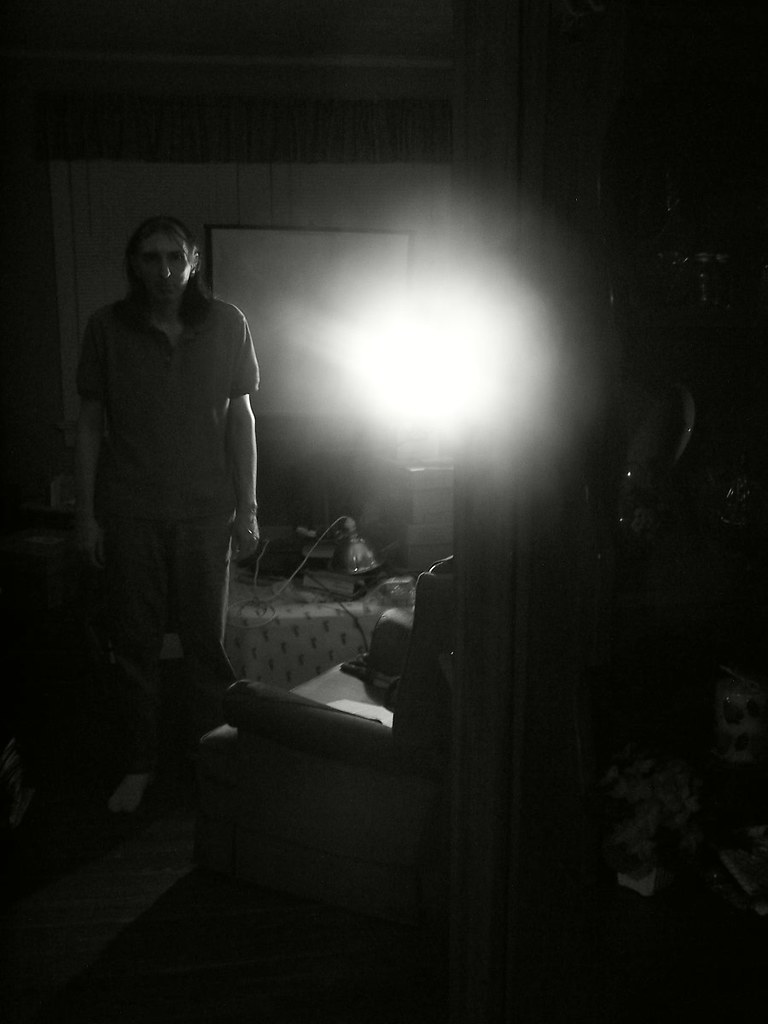
6. **Maintaining Immersion: How Inaccuracies Break the Spell**Films, especially period pieces, strive to create immersive “little worlds” that transport their audiences. Every element, from the color scheme to the costumes, contributes to this illusion. However, historical inaccuracies in costume design can spectacularly shatter this carefully constructed reality, yanking viewers out of the story and exposing the artificiality of the production.
Such jarring inconsistencies often become viral moments, sparking widespread online ridicule and debate. The internet, for example, “practically blew up when Emma Watson’s character in “Little Women” was seen wearing a seemingly neon green plaid scarf in 1860s Massachusetts.” Similarly, the sight of Yennefer “re-fastening her bra in episode 5 of season 3” of “The Witcher” in a medieval setting immediately broke the immersion for many, prompting questions about the show’s commitment to its fictional universe.
Sonya Abrego succinctly explains why these visual missteps are so detrimental: “The textiles and color palette usually jump out first to me. Sometimes the costumes are visibly synthetic, or the wigs are really bad, that can make [the film] hard to be believable.” She likens it to seeing “a film set in the 1600s to feature characters using cell phones”; it’s a jarring anachronism that reminds the viewer they are watching a movie, destroying the suspension of disbelief. Unless anachronisms are fundamentally part of communicating the story, such inaccuracies do more harm than good.
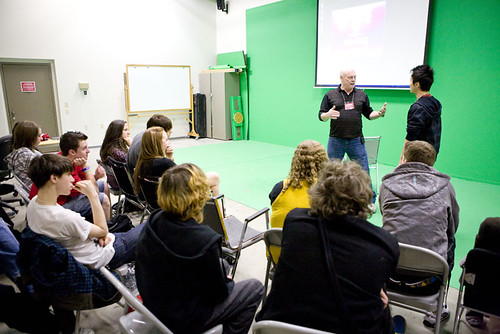
7. **The Educational and World-Building Power of Accurate Depiction**While the debates around creative liberties and audience appeal are valid, it’s crucial not to overlook the profound positive impact that historical accuracy in costume design can have. Far from being a mere academic exercise, authenticity is a powerful tool for enhancing immersion, educating audiences, and building believable, resonant worlds.
According to The Art Reserve, historical accuracy in costume “plays a major role in film costume, helping to improve immersion, educate visually, shape images of certain time periods, and complement the setting.” It’s about more than just getting the dates right; it’s about bringing “to light fashion and techniques from a specific time while showcasing culture and history in a unique way.” This commitment to detail transforms a film into a rich, visual history lesson, making the past tangible and understandable for modern audiences.
Costumes are not simply aesthetic adornments; they are potent cultural artifacts. As Sonya Abrego eloquently puts it, “from their making through wearing and eventual discarding or re-use, [clothing items] are evidence of global economic systems, labor, media culture, and the artistry that went into the design. So many aspects of culture are tied to clothing.” They are, in essence, “time capsules of when they were made.” Bilal’s article in the Austin Trim further illustrates this, noting how “During World War II, fashion took a backseat as resources and materials were redirected towards the war effort. Rationing and limited supplies led to the rise of utility fashion, where practicality and functionality took precedence over extravagance.” This demonstrates how profoundly fashion can be shaped by, and in turn, reflect world events and human progress, offering a tangible link to history.



